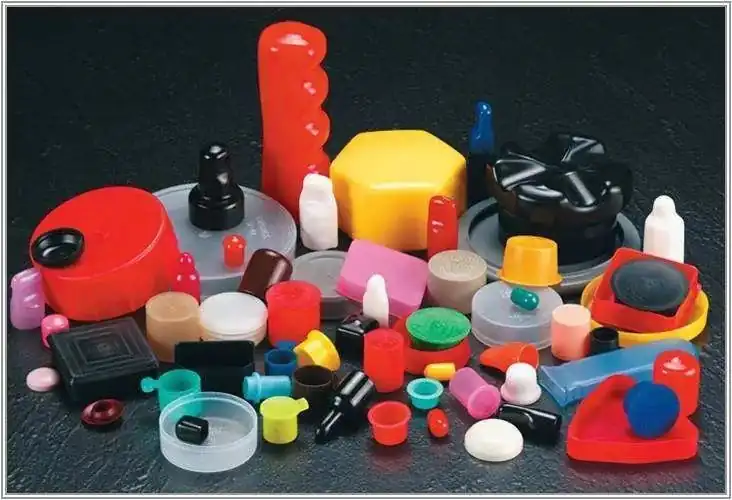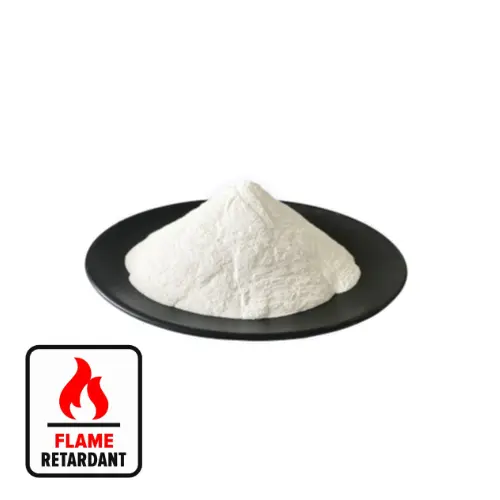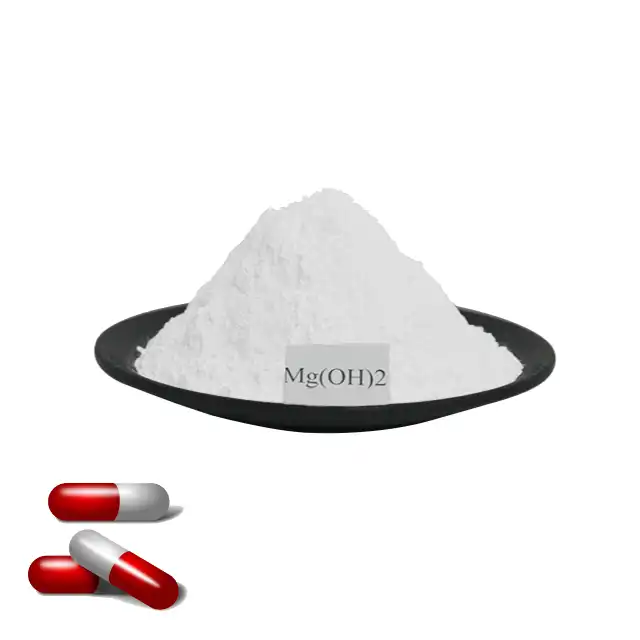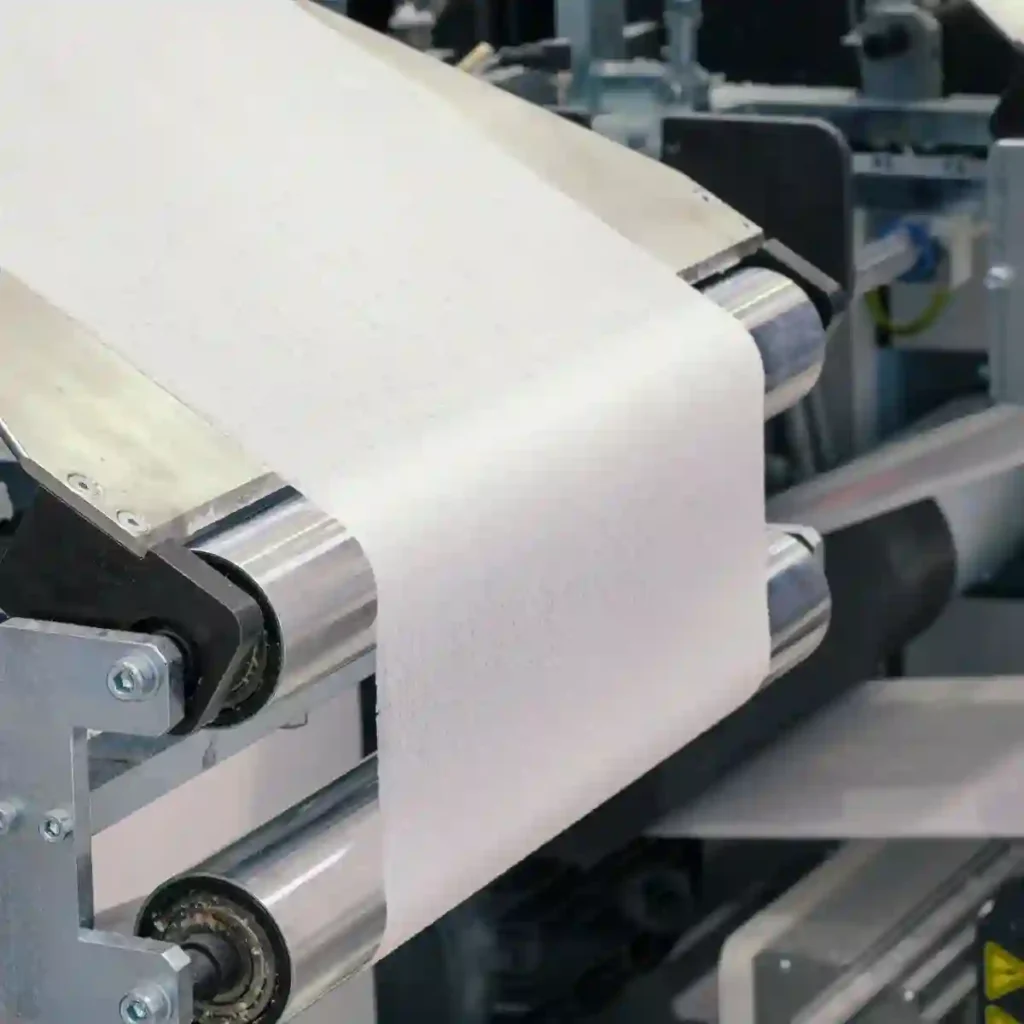Preparation of magnesium hydroxide
There are several main methods for the preparation of magnesium hydroxide:
Precipitation method: this is the most commonly used preparation method, that is, adding alkali solution to the magnesium salt solution, so that magnesium ions precipitate to generate magnesium hydroxide. Commonly used magnesium salts include magnesium chloride, magnesium sulfate, magnesium nitrate, etc., and the alkali solution includes sodium hydroxide, potassium hydroxide, ammonia and so on. The advantage of precipitation method is simple process, easy to obtain raw materials, but the disadvantage is that the resulting product particle size is larger, lower purity.
Hydrolysis method: soluble magnesium compounds (such as magnesium hydroxide methylsilane) are dissolved in water to generate magnesium hydroxide through hydrolysis reaction. The advantage of hydrolysis method is that the obtained products have uniform particle size and high purity, but the disadvantage is that the process is more complicated and higher cost.
Microemulsion method: water, oil, surfactant and magnesium salt solution is mixed to form a microemulsion, and then generate magnesium hydroxide through hydrolysis reaction. The advantage of the microemulsion method is that the resulting product has small particle size and good dispersion, but the disadvantage is that the process is complex and high cost.
Solvent heat method: the magnesium salt solution and water or other solvents are heated in a sealed container to generate magnesium hydroxide under high temperature and pressure. The advantage of solvent thermal method is that the resulting product particle size is small, good crystalline morphology, but the disadvantage is that the reaction conditions are harsh, high equipment requirements.
Modification of magnesium hydroxide
In order to improve the performance of magnesium hydroxide, so that it better meets the needs of practical applications, usually need to modify it. Magnesium hydroxide modification methods are mainly the following:
Surface modification: by introducing new groups or functions on the surface of magnesium hydroxide to change its surface properties. Commonly used surface modification methods include coupling agent modification, surface deposition modification, coating modification and so on. After surface modification, magnesium hydroxide can improve its dispersion, reduce moisture absorption, enhance compatibility with the matrix, and so on.
Structure modification: through the control of preparation conditions or additives, change the particle size, crystalline morphology, pore structure of magnesium hydroxide. The structure modified magnesium hydroxide can improve its activity, adsorption capacity, catalytic properties and so on.
Doping modification: to magnesium hydroxide doped with other elements or compounds, change its performance. Doped modified magnesium hydroxide can improve its electrical conductivity, thermal conductivity, magnetism and so on.
Application of magnesium hydroxide
Magnesium hydroxide has a variety of properties such as flame retardant, antibacterial, filler, etc. It has a wide range of applications in the fields of medicine, rubber, plastics, paper and so on.

Pharmaceutical field: magnesium hydroxide can be used in the preparation of gastric acid neutralizer, laxative, antacid and so on.
Rubber field: magnesium hydroxide can be used to fill rubber, improve the strength of rubber, wear resistance and aging resistance.
Plastic field: magnesium hydroxide can be used to fill plastics, improve the rigidity and flame retardancy of plastics.
Paper field: magnesium hydroxide can be used as filler and coating to improve the whiteness, smoothness and printing performance of paper.




